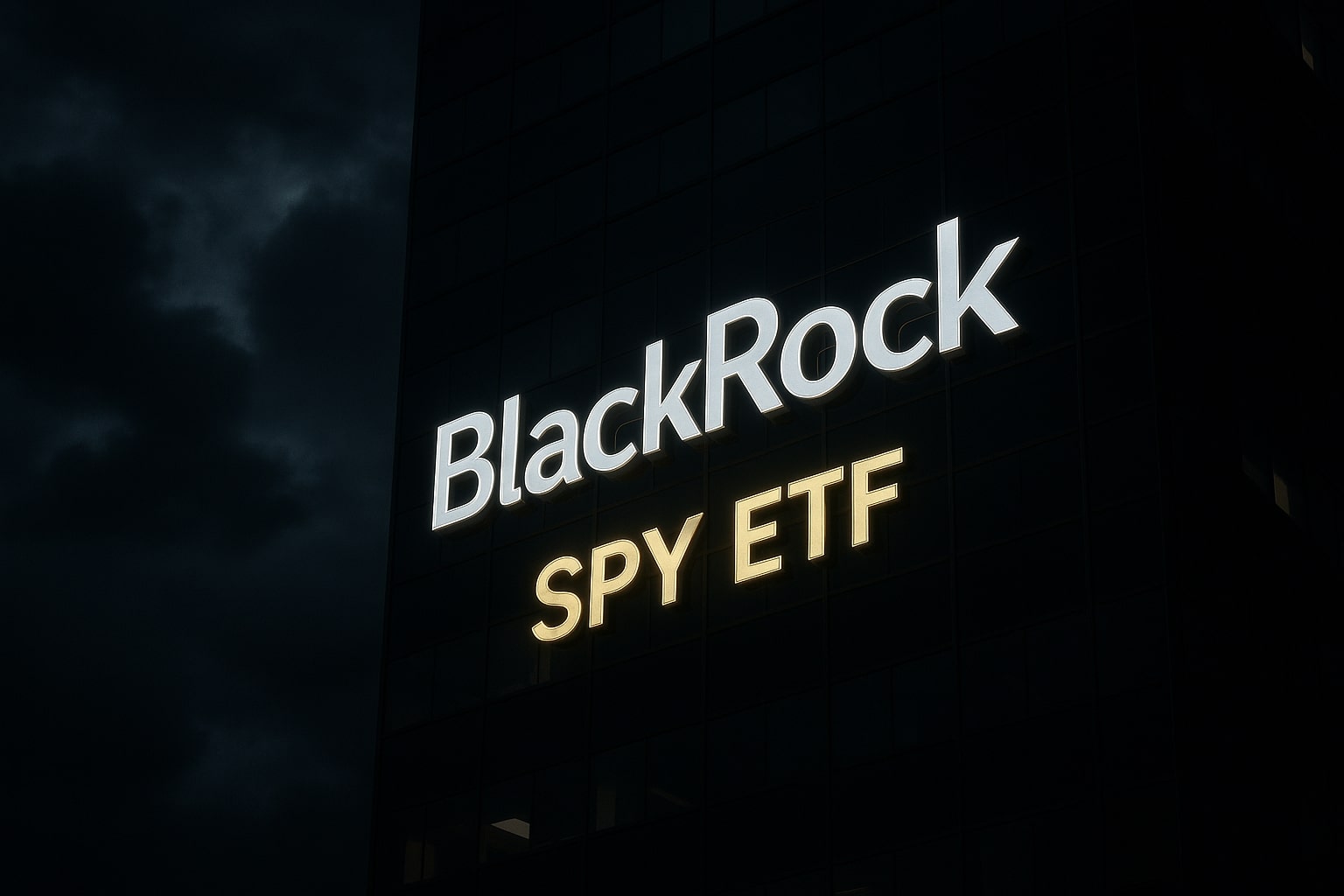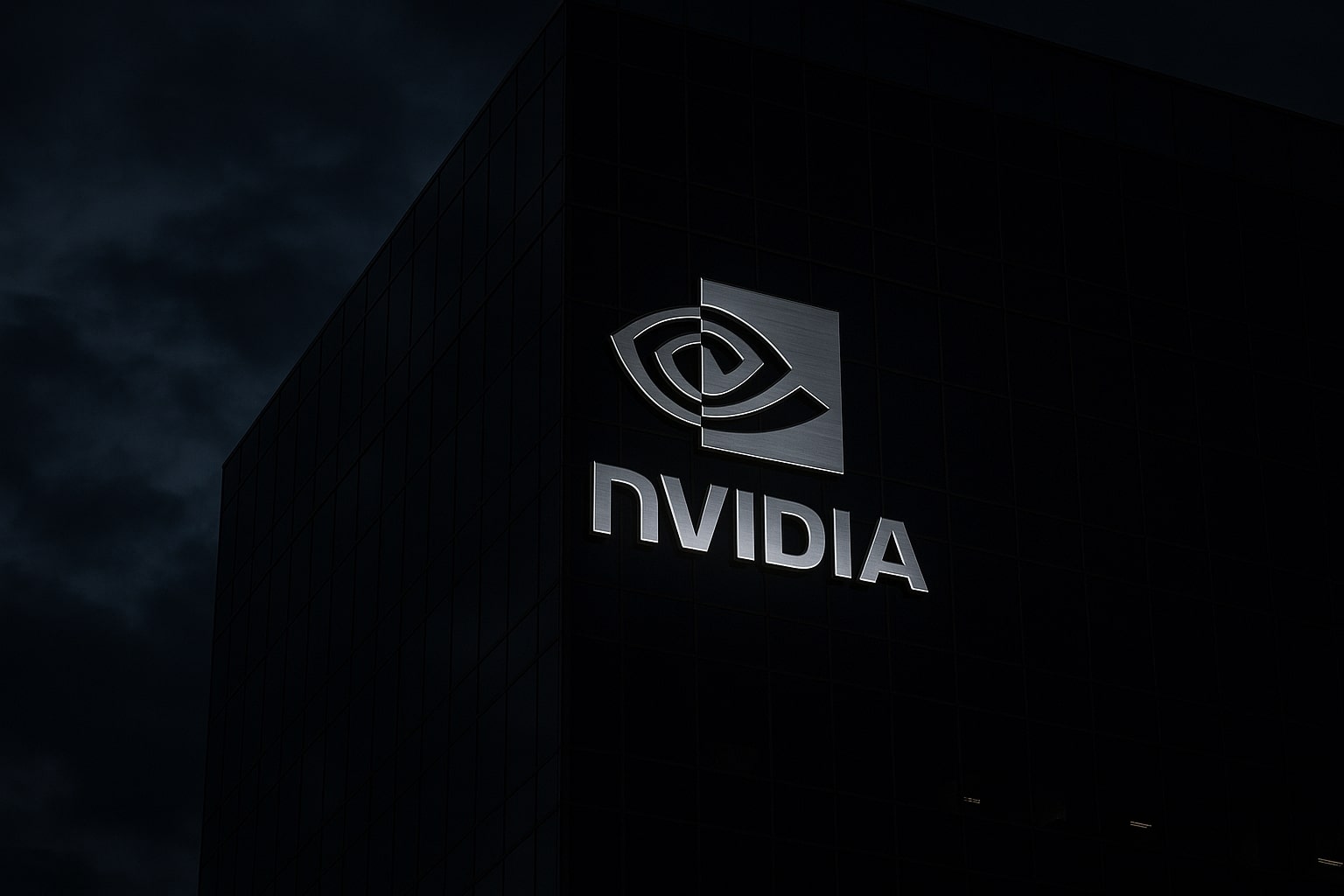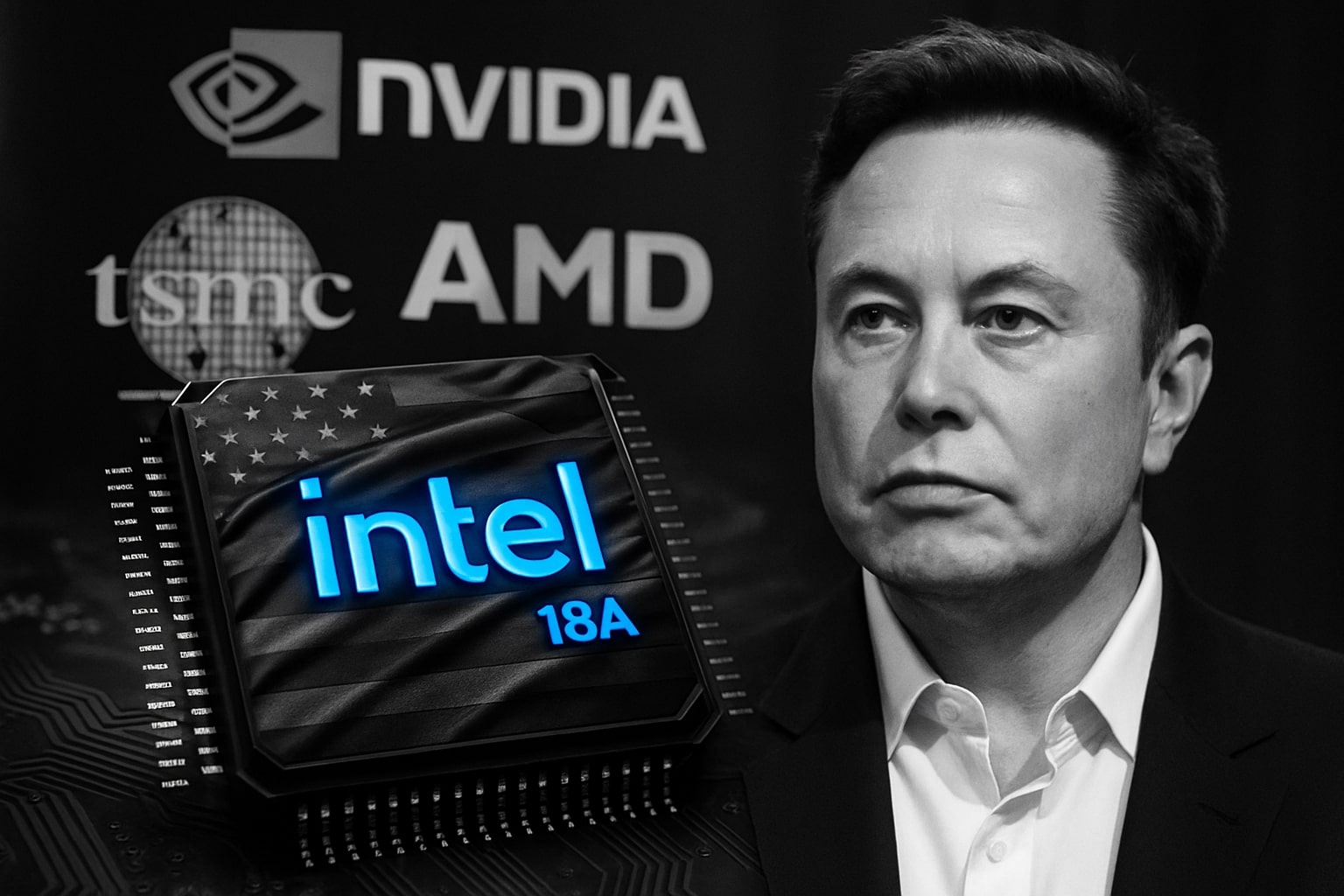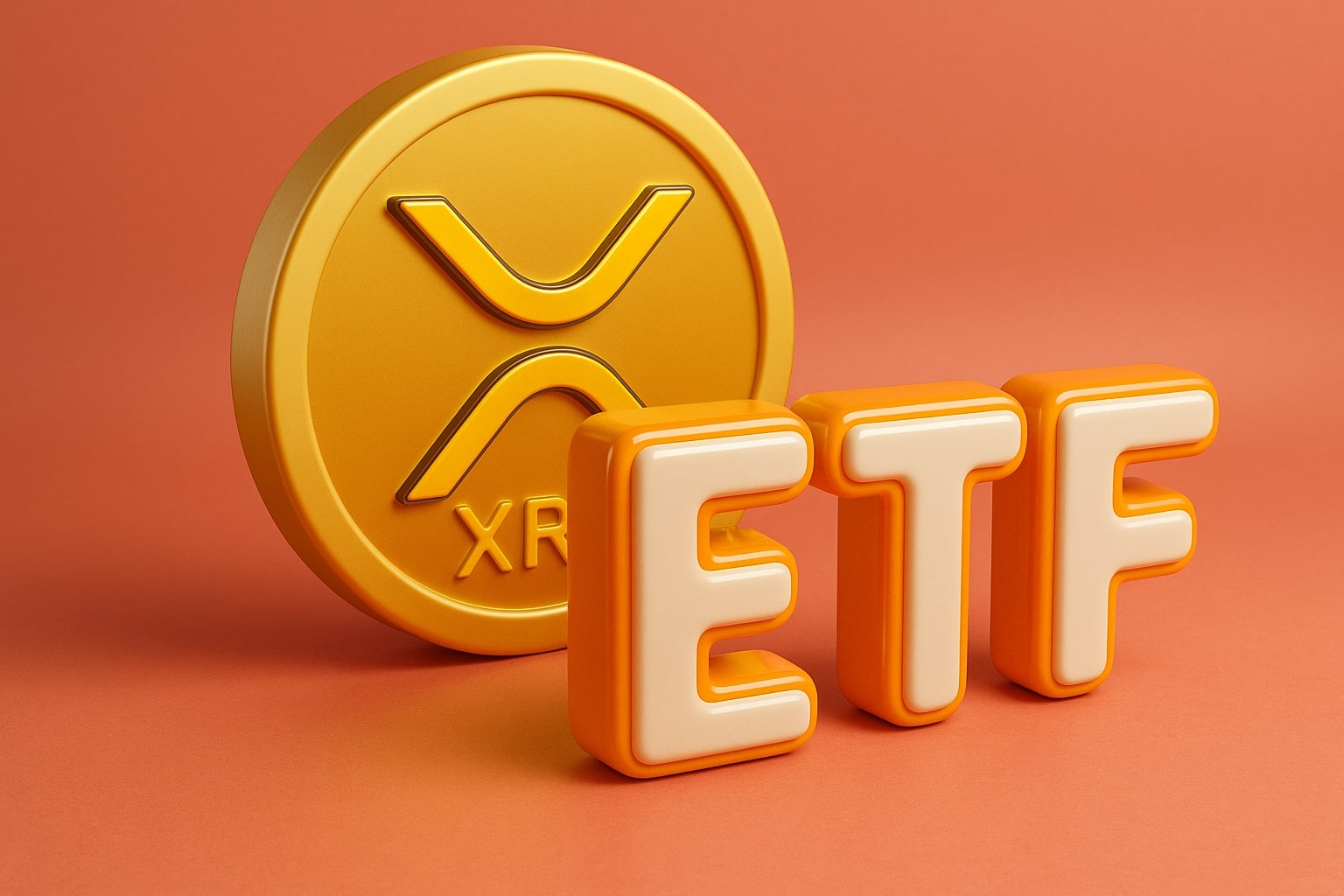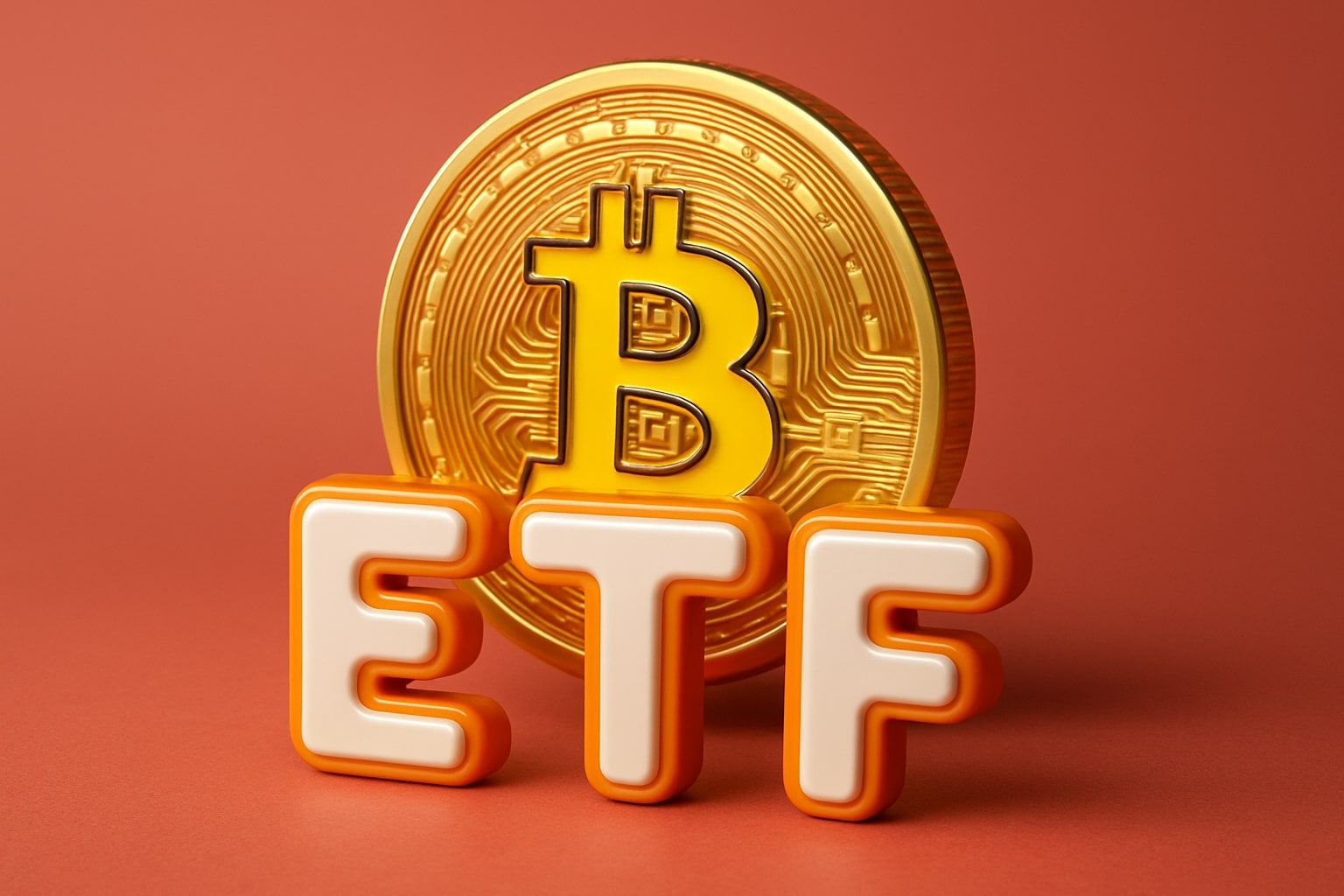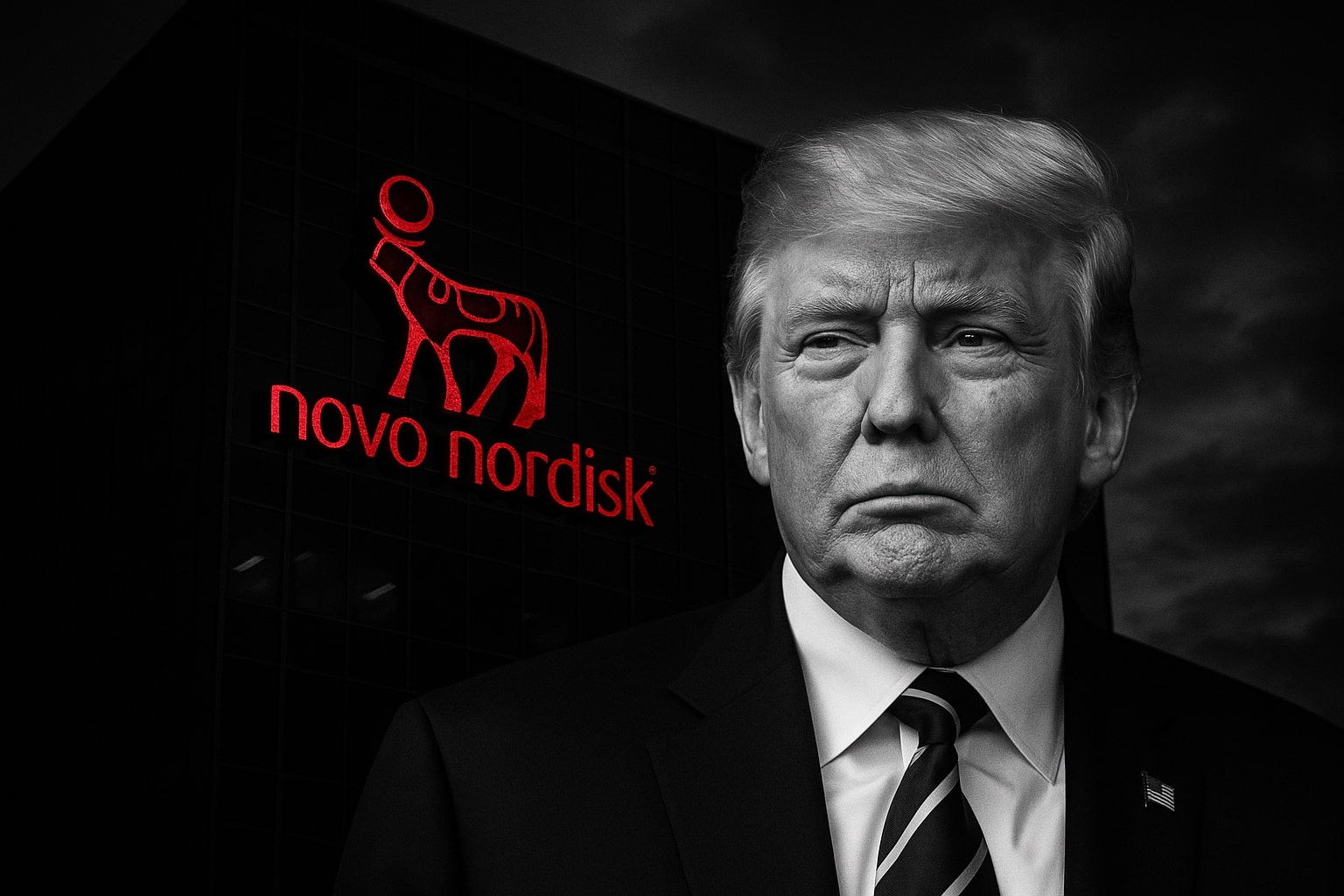
Novo Nordisk Stock Price Forecast - NVO Shares Drops to $45.50, $10B U.S. Expansion Redefine Its Future
NVO plunges 65% from 2024 highs after TrumpRx pricing deal slashes Wegovy and Ozempic costs to $350 | That's TradingNEWS
Novo Nordisk (NYSE:NVO) Faces a Critical Reset as U.S. Pricing Deal, GLP-1 Slowdown, and Operational Strains Collide
Novo Nordisk’s Market Shakeup: From Record Highs to a $45.50 Breakdown
Novo Nordisk (NYSE:NVO) has entered one of the most turbulent chapters in its modern history. Once the most valuable European company, its market cap has collapsed from over $600 billion in 2024 to roughly $210 billion today, with shares sliding to $45.50, down more than 65% from their 2024 peak of $140. The sharp correction reflects a collision of political, competitive, and operational pressures converging on the company’s GLP-1 franchise—Ozempic, Wegovy, and the soon-to-launch oral semaglutide formulation that once symbolized its dominance in diabetes and obesity care.
At the center of the storm lies the U.S. government’s historic drug-pricing accord, which forces both Novo Nordisk and Eli Lilly (NYSE:LLY) to slash GLP-1 drug prices by up to 80% under the TrumpRx program, in exchange for expanded Medicare and Medicaid access and a three-year exemption from pharmaceutical import tariffs. For Novo, a Danish manufacturer, this tariff relief is critical—offsetting the margin damage from steep pricing cuts and incentivizing its $10 billion U.S. manufacturing expansion.
Wegovy and Ozempic: Pricing Cuts Threaten Margins but Unlock a Massive Market
Under the new agreement, Wegovy and Ozempic prices will fall from $1,350 and $1,000 per month respectively to roughly $350 when purchased through TrumpRx. Medicare and Medicaid pricing will be even lower, around $245 per month, while oral semaglutide—expected to gain FDA approval by late 2025—will debut at an entry price of $150.
While these cuts initially slash near-term profitability, they mark a fundamental reset of Novo’s long-term growth trajectory. The inclusion of Wegovy and Ozempic in U.S. government insurance programs expands coverage to tens of millions of patients for the first time. The Centers for Disease Control and Prevention (CDC) estimates that 40% of American adults—roughly 136 million people—are obese, and around 34 million have Type 2 diabetes. At prior prices, this market was simply unaffordable; at $250–$350 per month, it becomes accessible.
Even with an 80% price cut, a realistic 30% share of the U.S. obesity population would generate over $120 billion annually in potential revenue for Wegovy alone—comparable to the total revenue of Pfizer and more than double Novo’s 2024 sales base. Including Ozempic’s diabetes indication, the addressable market stretches past $150 billion annually at equilibrium.
Operational Weakness: Revenue Misses and Margin Compression
Novo’s Q3 2025 report laid bare the company’s immediate financial strain. Revenue reached DKK 74.98 billion ($10.7 billion), up just 5.2% year-over-year, while net profit fell 27% to DKK 20 billion ($2.85 billion) as financing costs and restructuring expenses surged. The quarter’s gross margin dropped from 84.6% to 81%, and operating margins slid 300 basis points to 41.7%.
Earnings per share were DKK 4.50 ($0.64), down 26% year-on-year, driven by DKK 9 billion ($1.3 billion) in restructuring charges tied to its global cost-cutting plan. For the first nine months of 2025, Novo posted DKK 229.9 billion ($33 billion) in sales, up 12%, but net income growth slowed to 4%, underscoring the drag from pricing erosion, inventory adjustments, and underutilized capacity.
The company cut its full-year 2025 guidance for the fourth time, now expecting 8–11% sales growth and 4–7% operating profit growth at constant exchange rates, down from prior targets of 14% and 10%. Reported growth in Danish kroner will lag by 4–6 percentage points due to currency headwinds.
GLP-1 Market Dominance Under Threat from Eli Lilly
Novo’s GLP-1 franchise still represents its financial backbone—49% of total Q3 revenue (DKK 36.7 billion) came from Wegovy and Ozempic. Yet, competitive momentum has shifted toward Eli Lilly’s tirzepatide-based drugs, Mounjaro (for diabetes) and Zepbound (for obesity), which together generated $10.1 billion in Q3 revenue and are on track for $24.8 billion in 2025 sales, outpacing Novo’s $23.5 billion from semaglutide.
Novo’s share in both diabetes and obesity markets has slipped—down from 33% to 31% in diabetes and facing mounting pressure in obesity where compounded semaglutide products and lower-priced competitors have eroded sales momentum. Analysts expect Lilly’s orforglipron—its oral GLP-1 pill—could receive FDA approval by March 2026, potentially narrowing Novo’s lead in oral delivery just months after its own pill launch.
Read More
-
S&P 500 SPY ETF (NYSEARCA:SPY) Holds $667 as AI Spending Surge Counters Weak Labor Momentum
07.11.2025 · TradingNEWS ArchiveStocks
-
Ripple’s XRP ETFs soar — XRPR up 6.41% to $19.27 and XRPI up 7.34% to $13.89
07.11.2025 · TradingNEWS ArchiveCrypto
-
Natural Gas Price Forecast - NG=F Steadies at $4.33 as 110.1 Bcf/day Output and Cold Front Shape Price Outlook
07.11.2025 · TradingNEWS ArchiveCommodities
-
USD/JPY Price Forecast - Dollar to Yen Pulls Back to 152.85 as 153K U.S. Job Cuts
07.11.2025 · TradingNEWS ArchiveForex
Oral Wegovy: A Critical Pivot for Regaining Momentum
Novo’s biggest near-term catalyst lies in the oral Wegovy (semaglutide 25 mg) program. Data from its Phase 3 OASIS 4 trial, presented at ObesityWeek 2025, showed the oral formulation achieved similar efficacy to injectable Wegovy. Patients experienced average weight loss of 15% over 64 weeks, with 71% of participants with prediabetes returning to normal blood sugar levels versus 33% on placebo.
The trial also revealed substantial improvements in HbA1c, fasting glucose, triglycerides, blood pressure, and CRP, reinforcing semaglutide’s cardiometabolic benefits. Safety mirrored the injectable—mainly mild gastrointestinal side effects—paving the way for FDA approval by late 2025. Novo has pledged full U.S. manufacturing of the pill in North Carolina, aligning with Trump administration requirements for on-shored pharmaceutical production and ensuring tariff relief continuity.
Financial Structure, Cash Flow Decline, and Dividend Cushion
Novo’s balance sheet remains robust but strained. As of June 2025, the company reported DKK 482.1 billion ($69 billion) in total assets, up 30.5% year-on-year, and DKK 314 billion ($45 billion) in liabilities, yielding DKK 168 billion ($24 billion) in equity. However, cash and short-term investments plunged 70% to DKK 18.9 billion ($2.7 billion) as free cash flow turned sharply negative, at –DKK 23.3 billion (–$3.3 billion) due to Catalent acquisition costs and manufacturing investments.
Despite weaker cash flow, return on assets stands at 17.2%, and return on capital at 31.9%, highlighting operational efficiency. The forward P/E ratio of 13.1, dividend yield of 3.8%, and forward EV/EBITDA multiple of 9.9x place NVO at a deep discount relative to peers like Lilly, which trades above 50x earnings. This valuation gap alone underscores the market’s overly punitive stance on Novo’s short-term challenges.
Hims Partnership and Direct-to-Consumer Shift
Novo’s negotiations with Hims & Hers Health (NYSE:HIMS) to distribute oral Wegovy through its digital platform mark a bold pivot toward direct-to-consumer (DTC) channels. The model could extend reach across a younger demographic and capitalize on Hims’ fast-growing subscription base. However, revenue sharing and lower DTC pricing may compress margins further in early rollout phases. The partnership, if finalized, could add tens of thousands of new monthly patients and strengthen brand visibility ahead of full-scale retail launch in 2026.
U.S. Political Pressure and Tariff Dynamics
President Trump’s “Liberation Day” policy framework, first introduced in April 2025, reshaped the global pharmaceutical pricing landscape. By enforcing “Most Favored Nation” (MFN) pricing, the administration capped U.S. drug costs at the lowest global rate. Novo’s inclusion in this new framework effectively ended the pricing era that once drove its profit margins above 35%. Yet, the three-year tariff exemption and onshore manufacturing incentives soften the blow, ensuring Novo’s U.S. operations remain competitive against domestic giants like Eli Lilly and Pfizer.
The trade-off between short-term revenue contraction and long-term market penetration is evident: Novo expects a “low single-digit” hit to global sales in 2026, but the structural benefit of Medicare inclusion and TrumpRx visibility could transform the company’s market access profile permanently.
Valuation, Technical View, and Market Sentiment
At $45.50, NVO trades near its 52-week low of $45.05, far below the 52-week high of $112.52, placing it in deep-value territory. The forward price-to-book ratio of 1.23 and 3.71% yield make it one of the most attractively valued large-cap pharmas globally. Analysts’ consensus ratings cluster around “Buy” (average 3.6 from 5), reflecting confidence in a multi-year recovery once GLP-1 volumes stabilize.
Technically, the chart shows heavy support around $45–46, where volume accumulation is peaking. A sustained break below could test $42, but upside targets stretch to $58, then $75, contingent on regulatory progress and Q4 sales stabilization.
Final View: BUY — Deep Value Entry Amid Structural Reset
After a 65% correction, Novo Nordisk (NYSE:NVO) presents a classic high-risk, high-potential setup. The market’s punitive pricing fails to account for the company’s still-dominant GLP-1 franchise, its tariff-protected U.S. foothold, and upcoming oral Wegovy catalyst. Revenue softness and cost inflation will persist through 2026, but the long-term trajectory remains intact.
The valuation at 13x forward earnings and sub-$50 share price marks a generational opportunity to accumulate a global healthcare leader repositioning itself for a new pricing paradigm. As execution improves and market volumes expand, NVO has credible potential to reclaim a $100+ fair value within two years.
Verdict: BUY — Accumulate between $45–$50; long-term target $100–$110 (2026).














